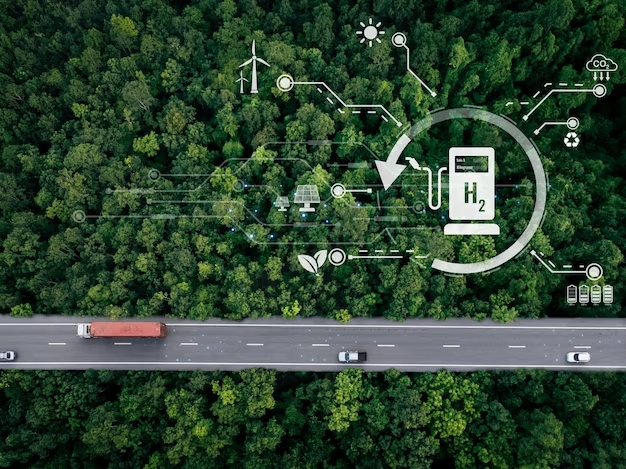The Impact of Proper Freight Planning on Reducing Carbon Emissions and Enhancing Environmental Sustainability


Freight isn’t exactly known for being eco-friendly. Trucks, ships, planes — they all move the world’s goods and, well, a lot of emissions along with them. So when companies talk about going green, freight is often the elephant in the room.
Heavy, diesel-fueled, and hard to ignore. But here’s the thing no one says loudly enough: a big chunk of those emissions are avoidable. And you don’t need electric fleets or futuristic fuel cells to make a dent. You just need smarter planning.
So, where does freight planning fit into all this?
When we say "freight planning," we’re not talking about vague strategy decks or pretty dashboards. We mean the actual, day-to-day decisions about:
- What goes where
- When it leaves
- What vehicle it’s on
And whether the route makes any sense And every one of those decisions has a carbon price tag attached to it. Messy planning? You’re burning fuel for half-full trucks. Poor routing? You’re sitting in traffic instead of moving goods. Last-minute changes? You’re air-freighting stuff that could’ve gone by rail. It adds up — fast.
Real example? Let’s play it out
Picture this: You’ve got 4 LTL shipments heading from Chicago to three nearby cities. They’re booked separately, across three carriers, all leaving on different days. Sound familiar? Now imagine someone stepped in, consolidated those loads, matched the delivery windows, and used a single carrier with a clean, efficient route. Boom.
- Fewer miles
- One vehicle, not three
- Less idling, less backtracking
- Lower emissions, right off the bat
No new equipment. No offsets. Just… better planning.
Here’s how smarter freight planning helps cut carbon (for real)
1. Fewer empty miles
Deadheading — moving an empty truck — is one of the logistics world’s least efficient habits. Freight planning tools help fill those trucks in both directions. That’s a quick win for emissions and cost.
2. Load consolidation
Why send three small shipments when you can send one full one? (Answer: because no one coordinated it.) Planning platforms make consolidation not just possible, but automated. Fewer trips, lower fuel usage, happier planet.
3. Optimized routes = less fuel
Not all routes are created equal. A 20-mile detour to avoid traffic can save more fuel than you'd think — especially when scaled across a fleet. Smart routing systems that use real-time data make that choice for you. No guesswork.
4. Modal shift
Sometimes, it’s not about the truck at all. A properly timed shipment might make it onto a rail line or barge instead. Rail emits way less CO₂ per ton-mile than road. But to make it work, someone has to plan ahead. (Done last minute? Truck it is.)
5. Reduced dwell time
Engines idle. Warehouses back up. Everyone waits. Good planning minimizes that. Smoother handoffs between stages of delivery reduce wasted fuel and time — and your carbon output along with it.
But don’t I need “green tech” to be sustainable?
Short answer: not immediately. Long answer: sure, EVs and hydrogen and carbon-neutral fuels will help — eventually. But most companies aren’t swapping out their entire fleet next quarter. And that’s fine. What can you do now?
Plan better. Use what you already have, smarter. Because even small optimizations — multiplied across hundreds or thousands of shipments — make a real impact.
A few practical things you can do (like, this month)
- Audit your current routes and mileage. Where are the inefficiencies?
- Look at average truck fill rates. Are you running half-empty more often than not?
- Evaluate whether your TMS (or planning spreadsheet... no shame) flags opportunities to consolidate.
- Set internal targets for reducing empty miles — even 5% is meaningful.
- Involve your carriers — some have planning tools or carbon calculators you can tap into.
And if you’ve got a sustainability team? Loop them in. Freight planning and ESG targets don’t have to live on separate islands.
Less waste = less fuel = less carbon
Sustainability in logistics doesn’t have to mean reinventing your operation. Sometimes, it just means slowing down enough to plan it better. Fewer trucks. Shorter routes. Full loads.
That’s not just good planning — it’s responsible planning. And for companies trying to deliver goods and keep their climate goals intact? That’s where the real wins live.

